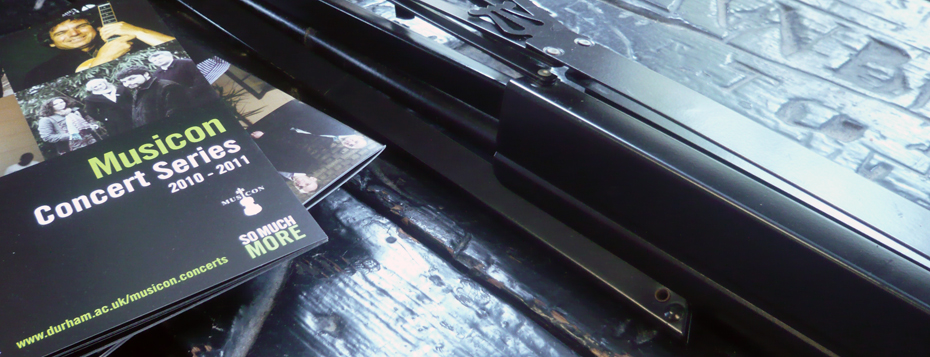The Music School
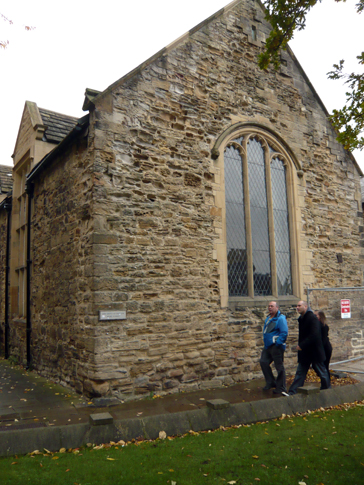
The oldest remaining part of the building dates from the seventeenth century.
The oldest part of the range of buildings that form Durham University’s Music Department is the current performance hall.
This was founded as a grammar school in 1541, during Henry VIII’s Reformation, and rebuilt in 1661 during the Bishopric of John Cosin, a prolific builder, and patron of several other buildings on Palace Green.
An Institution of Learning Across the Ages
The 16th century school itself was a replacement of the Almoner’s School, located beside the Cathedral College, and probably established in the 14th century to prepare students for entry into the Durham Monastery.
Henry VIII provided several King’s Scholarships, allowing students to be educated for free. Students were expected to speak only Latin while at school, although they also studied Greek. The school day was from 7-5, with a two hour lunch-break!
The building remained a school until 1844, at which point new premises on the west bank of the river were constructed – today Durham School.
The building’s history as an educational institution for generations of schoolboys is reflected in the extensive graffiti scratched into its wooden panelling.
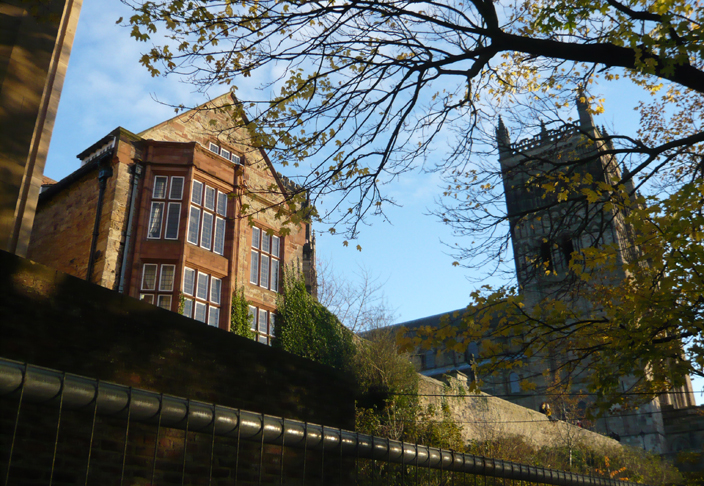
View of the Music School from the river banks - a view not often seen by visitors.
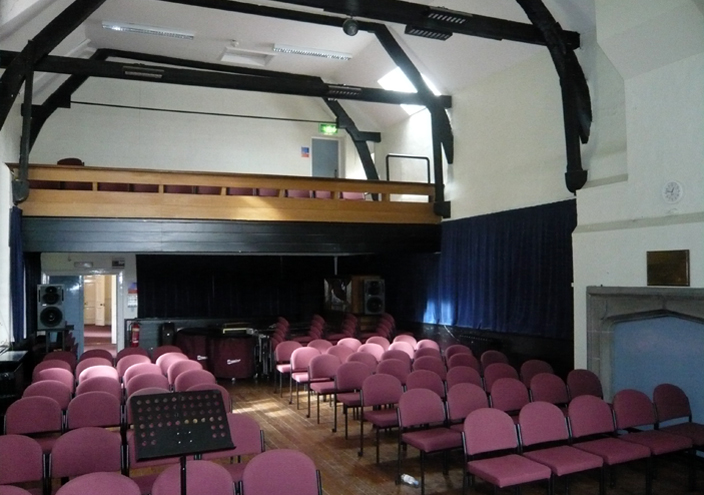
The interior of the school constructed by John Cosin in the seventeenth century, and now the performance hall of Durham University's music department.
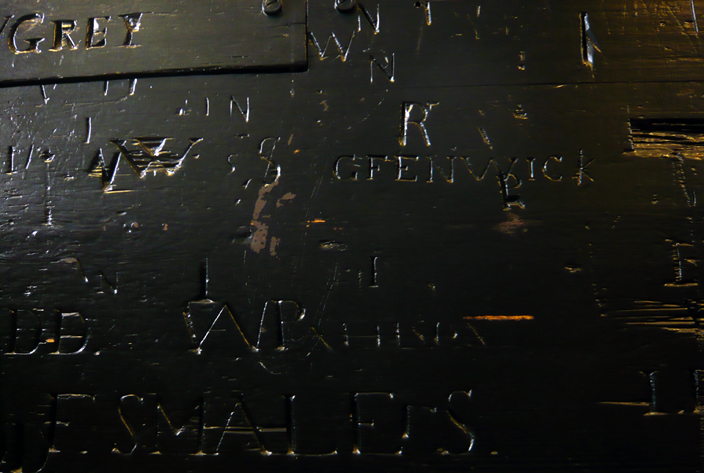
Generations of school boys have left their mark on the building by carving their names into the wooden panelling.

